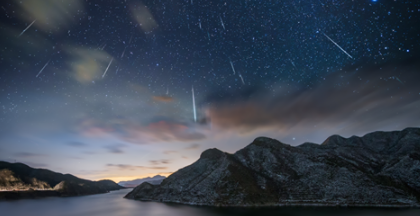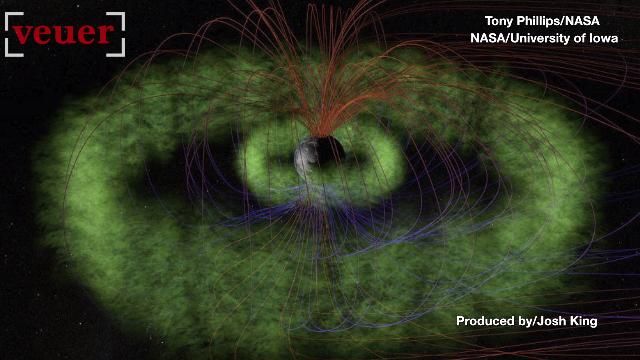Turn off the Internet and look at the sky this weekend. It's time for the annual Leonid meteor shower, which peaks on November 17 and 18.
This year there's no pesky full moon to get in the way of the view. The new moon on the 18th guarantees a little less light in the sky, making more room for what's expected to be a shower of 10 to 15 meteors per hour at the peak, a few hours before dawn.
The shower gets its name from where it originates in the sky, near the top of the Leo constellation. Leo's brightest star, Regulus, makes it easy to spot in the sky. Find Regulus, find the meteors.
The Leonids are debris from the Tempel-Tuttle comet, which has an orbit that coincides with Earth almost precisely, hence the regular meteors. When the Tempel-Tuttle gets close to Earth, every 33 years or so, a full blown meteor storm occurs, with hundreds filling up the sky.
If it's your first time looking for meteors, remember that they move quickly. If you've got a few people and enough of an area, set up a few chairs a little space apart from each other. With more eyes on the skies, you'll be able to catch the speedy space rocks, the largest of which are around 0.3 inches (10 mm) and move at 72 kilometers per second (161,000 mph).
Abraham Lincoln invoked the notably spectacular Leonid storm of 1833 during the Civil War, saying that people in his town thought the world was ending as the stars seemed to fall all around them. "But looking back of them in the heavens I saw all the grand old constellations with which I was so well acquainted, fixed and true in their places," he said, concluding that "the world did not come to an end then, nor will the Union now."
Such a spectacular sight is unexpected this time around, but it won't make the experience any less enjoyable.













